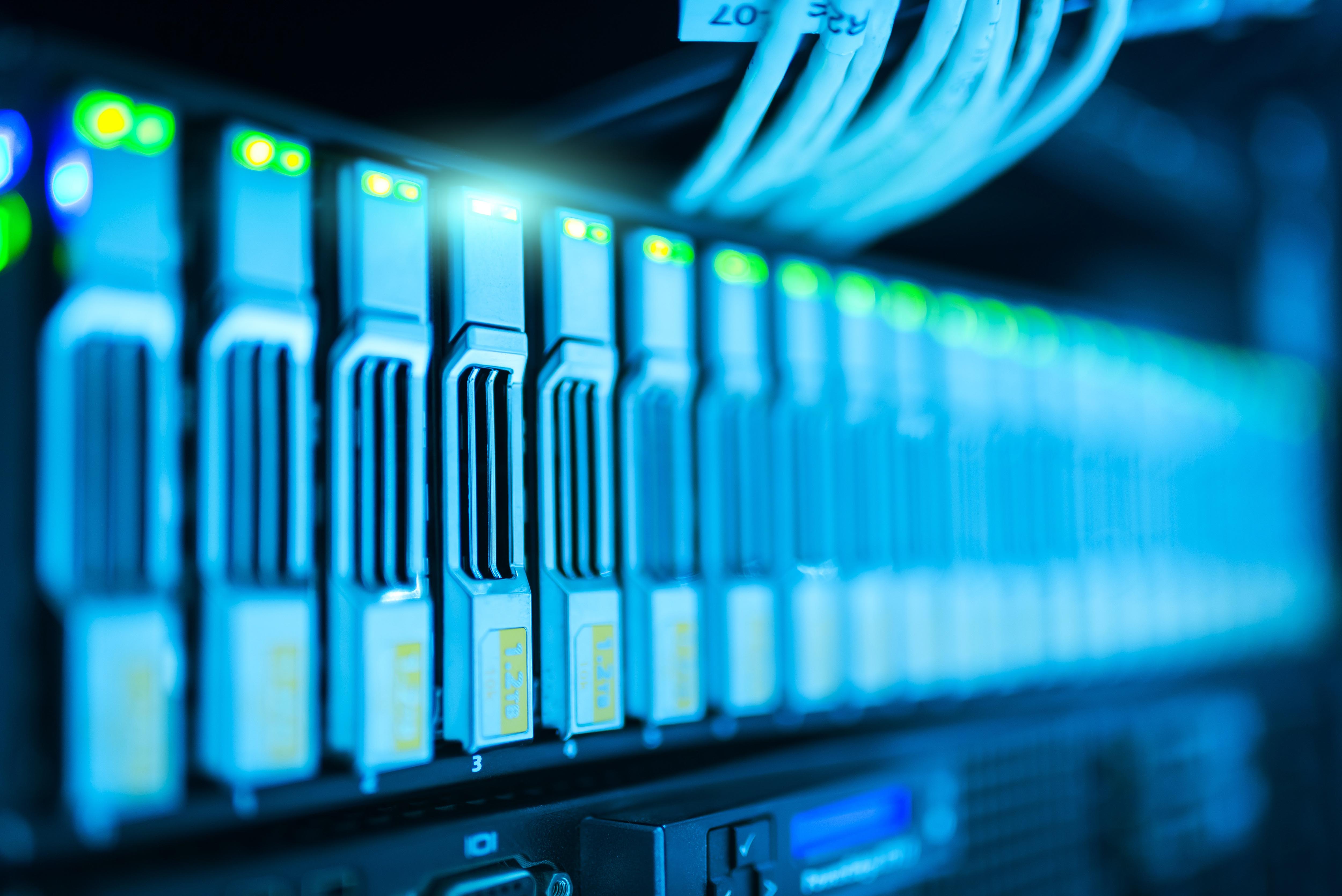Gartner also talked about the strategic trends in the IT industry that need to be paid attention to in 2021. Major trends highlight the changes that are taking place in the IT world. In the next 5-10 years, they, according to the agency's analysts, will lead to the emergence of new business opportunities.

Internet of Behaviors
The Internet of Behaviors ("Internet of Behaviors" or IoB) includes various methods that are applied directly to the study of human behavior. This includes, for example, the collection of data about a person's location, how much time he spent in a particular place, information about his purchases, payment method, etc.
Companies can collect this data from a person's smartphone, through applications and connect with other user's devices ... The information is then analyzed to connect with customers and even influence their behavior. Using IoB, you can, for example, check the effectiveness of an advertising campaign, measure the engagement of a target audience, and personalize content for specific users. IoB is spreading gradually as more organizations start to use the digital footprint of people.
In 2020, IoB technologies were used to track people's contacts during a pandemic. Many companies, including Google and Apple, have created applications to track patients' contacts. Gartner predicts that by the end of 2025, more than half of the world's population will participate in at least one IoB program, whether commercial or government. The research company does not rule out that the spread of IoB will raise ethical and social issues.
"Complete experience"
The total experience strategy is about creating more mobile and virtual interactions between business and customers, users and employees. To implement it, enterprises need to expand traditional communication channels. Gartner predicts that the more advanced IT companies will outperform the competition over the next three years.
Technologies to protect privacy
As user awareness grows and new global data protection standards emerge, companies face greater risks of compromising user privacy and negative consequences. The usual security measures for data storage are becoming obsolete.
According to Gartner, by 2025, half of large organizations will use special technologies that improve privacy protection. Such solutions will help analyze data while maintaining the privacy and confidentiality of users.
Distributed cloud
Distributed Cloud implies the placement of cloud services outside the data processing centers (DPC) of the provider, but the provider will be responsible for their operation, management and development. This provides a more flexible way to leverage the cloud, while also meeting the need for companies to bring cloud resources closer to the offices where their main business operations take place.
By 2025, most cloud providers will provide some share of distributed services, which will be a natural development of cloud technologies.
"Operations anywhere"
Anywhere operations is a new IT model that is designed to provide more flexible user support. This includes constant employee access to data from anywhere and from any device, as well as the management of company services on a distributed infrastructure.
According to Gartner, by the end of 2023, about 40% of organizations will have an “Anywhere” model to support more streamlined workforce and customer interactions. First and foremost, this requires secure remote access, cloud and edge infrastructure, and automated support for remote operations.
Cybersecurity network
Today, most of the digital assets of companies are already outside of traditional physical and logical security systems. A cloud-based cybersecurity network allows anyone, employee or customer, to securely access a company's digital asset, no matter where the asset or person is located. By 2025, the cybersecurity network is projected to control more than half of digital access requests.
AI engineering
Gartner research shows that only 53% of projects go from developing artificial intelligence (AI) prototypes to their production and implementation. It is difficult for companies to manage AI technologies because they may lack tools and experienced people.
According to analysts, AI development should be based on three main methods - DataOps, ModelOps and DevOps. A robust AI Engineering strategy will enhance the performance, scalability, and reliability of AI models while delivering full AI ROI.
Hyper-automation
Hyper-automation is an organizational approach to business management that is used to quickly automate as many business processes and services as possible.
Over the past few years, hyper-automation has evolved rapidly, but the pandemic showed that not everyone was ready to go online. As a result, new business requirements have prompted more than 70% of commercial organizations to undertake various initiatives to introduce hyper-automation, and this will continue in 2021.
Blog ITGLOBAL.COM - Managed IT, private clouds, IaaS, information security services for business:
- Managed IT model as an alternative to outsourcing and outstaffing. Service Provider Experience
- IT evolution: from local servers to managed services
- 57580 . ( )